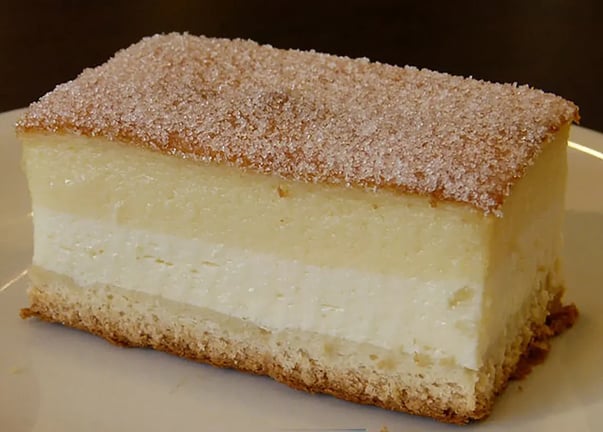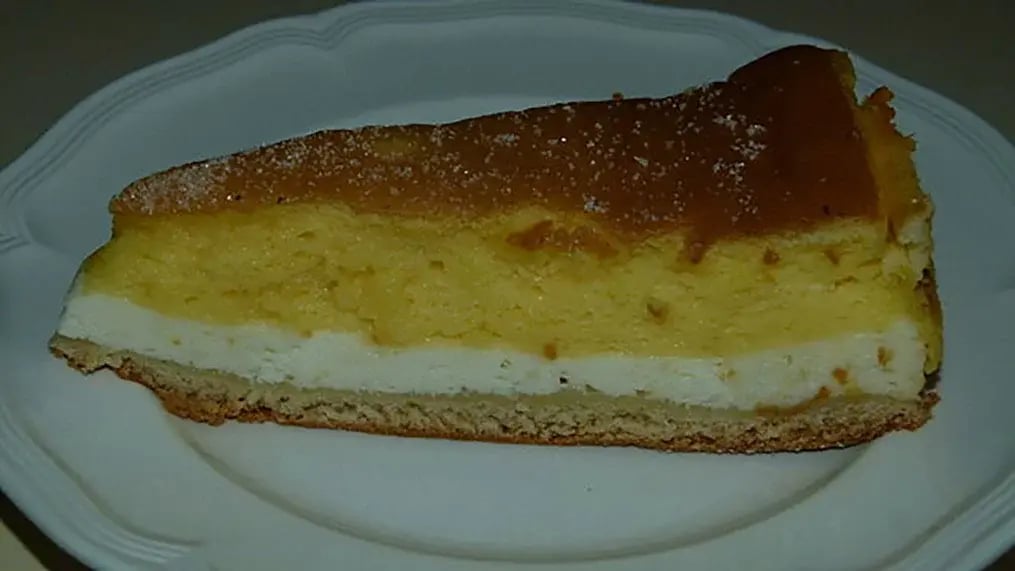dessert cakes starting with the letter might be minimal but all of them have some tell behind them. Most are simpler affairs filled with tons of fruits and nuts and layered with custard and quark

This series does not do with the frivolous kinds of dessert cakes by listing brownies, vanilla cakes and the chocolate cakes of the world, we go deeper and sniff out the most delicious smelling baked goodies from every corner of the world. Some are steeped in nostalgia and intertwined in the local lore of the country or region they come from. Here are the ones starting with the alphabet “E”.
1. Esterházy torta

It is from the country of Hungary, said to have been manufactured by skilled bakers in Budapest between the 18th to 19th centuries. It was named after Prince Paul III Anton Esterházy de Galántha from the Esterházy dynasty and very strangely, the recipes differ quite a bit between regions. This cake is rich in the taste of the fragrant and nutty hazelnut for it uses hazelnut ground to a fine powder, cognac-spiked buttercream and meringue between the multiple layers of the cake. The hazelnuts are substituted with almonds and walnuts too. The surface of the cake has white fondant which is decorated in a spider web-like pattern or marbled in a Chevron style.
2. Eccles cake

Weird nicknames begin with this cake because it is also called Dead Fly Pie, Squashed Fly Cake or Fly’s Graveyard. Possibly the nicknames are such because the filling inside the cake has dark colored raisins or currants that look like a bunch of flies stacked inside. It comes from the Eccles town in England's Manchester. The cake is made with puff pastry filled with raisins or currants, spiced with cinnamon and sweetened with brown sugar. The puff pastry is glazed with honey that gives the cake its golden hue. Due to some religious tussle, the treat was banned in the 1650s but of course, this didn't stay for long and they are easily available today, especially in North England.
3. Eierschecke

A speciality cake from the German Saxony and Thuringia, the Eierschecke is a layered cake that uses the German special quark in it. The bottom crust uses a yeasty dough, pie crust or sponge cake that holds the middle layer of cheesecake mixed with quark, and topped with vanilla custard. These layers are assembled and often glazed with a thickener, and then baked, cut into rectangles and served. The cake is said to have been inspired by Schecke, a 15th-century garment that had three parts to it, including the thin belt, think medieval Robin Hood garb. This cake is a great accompaniment to coffee and can be found in most German coffee houses.
4. Election Cake
Also known as the Hartford Election Cake, this cake dates back to the pre-American Revolution era baked by the colonial women of that time for their men called or “mustered” for training by the British. Hence, it also got the name of the Muster cake or Training cake. It's a fruity, spicy and boozy cake made with butter, eggs, molasses, and spices like cinnamon, nutmeg, coriander and allspice. It was spiked with either brandy or wine and filled with whatever dry fruits the wives could find. Some years down the line, it was a popular sighting at church suppers and also outside polling stations, which is how it earned its name.
5. English Pound Cake
Pound is the currency used by the English and also to measure objects and food items. The English pound cake uses a pound each of flour, butter, eggs, and sugar which is the reason why this simple buttery cake has the name of Pound cake. No yeast or baking powder goes into the pound cake instead the airiness comes from the air whipped into the batter manually. It comes from the 1700s and the large majority of the people not being able to read, made it easy to remember the cake's recipe. The modern recipe obviously doesn't use the 1-pound each ingredient but takes more liberty to make the cake more spongy, less dense and more airy. Modern cakes are smaller as compared the humongous ones from the past that could feed dozens. Other countries like France, Germany and Mexico have their own versions of this cake.
6. Engadiner Nusstorte

Also known as Bündner Nusstorte, this tart is from Switzerland’s Graubünden which has a shortcrust pastry filled with walnuts and caramel. It's somehow also known as a cake depending on which person you ask. It dates back to the early 1900s and its public introduction happened via Fausto Pult at the Swiss Sample Fair in the country. The cake is served in slices alongside tea or coffee just like the German Eierschecke.
More Like This
Popular Articles




Trending Web Stories
Curated Recipes

















